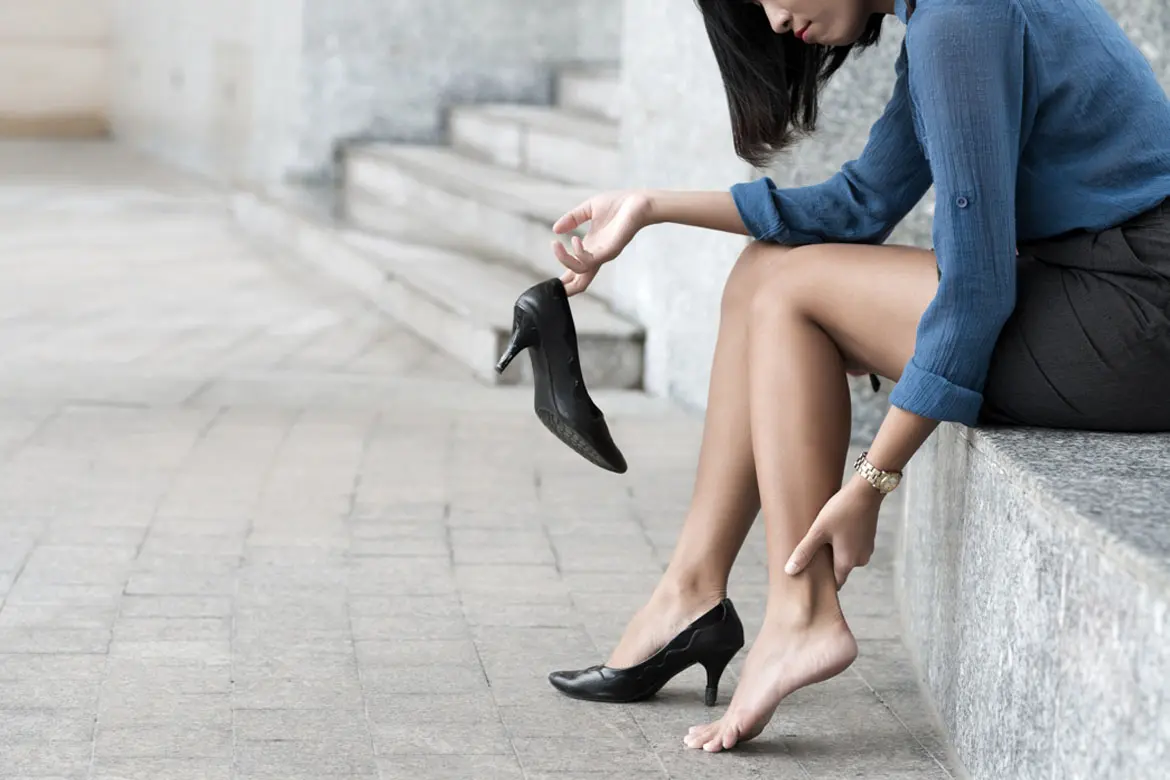Dr Su Hsien Ching David
Orthopaedic Surgeon


Source: Shutterstock
Orthopaedic Surgeon
In Greek mythology, Achilles' mother held him by the heels and dipped him in a river that would grant him immortality. As a result, he grew up to become a great warrior, but he was eventually slain by an arrow to his heel, the only part of his body that was not submerged in the river. Not only has this story resulted in the term "achilles' heel" to describe a fatal weakness, it has also led to the naming of a tendon in our body.
The achilles tendon is the strongest tendon in our body. It can be found at the back of the lower calf, connecting the calf muscles to the heel bone. The achilles tendon is vital for walking, running and jumping, as it facilitates the pointing of the foot. Due to how often the achilles tendon is used in everyday life, an injury to the achilles tendon would be of great discomfort.
One of the most common injuries sustained by athletes is achilles tendonitis, where the achilles tendon is degenerated due to overuse, says Dr David Su, an orthopaedic surgeon practising at Mount Elizabeth Novena Hospital. The reason for this is simple: jogging and running are some of the most popular forms of exercise, and popular sports such as soccer and basketball all involve a combination of running and jumping.
When the achilles tendon is degenerated, it swells up and causes pain around the ankle and can radiate up the whole calf, Dr Su explains. Unless the patient stays off their feet, this pain will usually worsen when they walk, run or jump.
There are also studies that show that physically and genetically, women are less likely to suffer from achilles tendonitis. This is because women generally have more flexible tendons than men, Dr Su shares, which means that there is less likelihood of it being overstretched or under excessive tension.
Ladies, do not celebrate just yet! Although women are physically less likely to injure their achilles tendon, one of the biggest causes of achilles tendonitis is something that generally affect women only.
The wearing of high heels is one of the biggest causes of achilles tendonitis. This is because when your feet are consistently in a pointed position, the tendon will shorten over time. When this happens, the tendon will be stretched even when the foot is flat on the ground, increasing the likelihood that it gets overstretched when exercising.
This is not a problem restricted to those corporate warrior women for whom killer heels are as much a part of their corporate attire as the business suit is for men. Achilles tendonitis is also commonly found among dancers, especially ballet dancers and ballroom dancers, with the latter being more susceptible due to the fact that high heels are requisite footwear for the ladies.
Another common cause of achilles tendonitis is over-exercising or a sudden increase in exercise level. This is a problem commonly faced by weekend warriors professionals who only have time to exercise once a week or less. Due to their lack of physical activity during the week, their muscles, ligaments and tendons tend to be stiffer. Thus, Dr Su warns, if they do not moderate their exercise regime, the sudden rise in exercise intensity will cause additional strain on the Achilles tendon, increasing the likelihood of getting pain at the Achilles tendon. Weight gain as a result of lack of exercise also places greater stress in the Achilles tendon, Dr Su says. The body is built to move, and Dr Su discourages individuals to be completely inactive to avoid injuries.
For those of you already suffering from this injury, do not fear. The tendon can recover if you take sufficient care of it. Besides resting and avoiding exercise, you can ice the injured area for around 20 minutes every 3 – 4 hours for 2 – 3 days, which will help stop the inflammation. "Regular stretching will prevent excessive tension over time, but if the pain persists, you may need to visit an orthopaedic specialist," Dr Su advised. Medication can help with the pain and inflammation, but for serious Achilles tendonitis, or when there is a tear in the tendon, surgery may be required.
Gastrocnemius recession can be performed with or without debridement, which is the removal of damaged tissue. Debridement and repair refers to the removal of the damaged part of the Achilles tendon. If the patient's tendon is less than 50% damaged, only the unhealthy portion of the tendon needs to be removed and the remaining tendon is repaired with stitches to complete the repair. After debridement and repair, most patients are allowed to walk in a removable boot or cast within 2 weeks.
In cases where the tendon is more than 50% damaged, an Achilles tendon transfer is recommended. The tendon that helps the big toe point down is moved to the heel bone to add strength to the damaged tendon. Movement of the big toe is not compromised, and most patients will not notice a change in the way they walk or run. Depending on the extent of damage to the tendon, some patients may not be able to return to competitive sports or running.